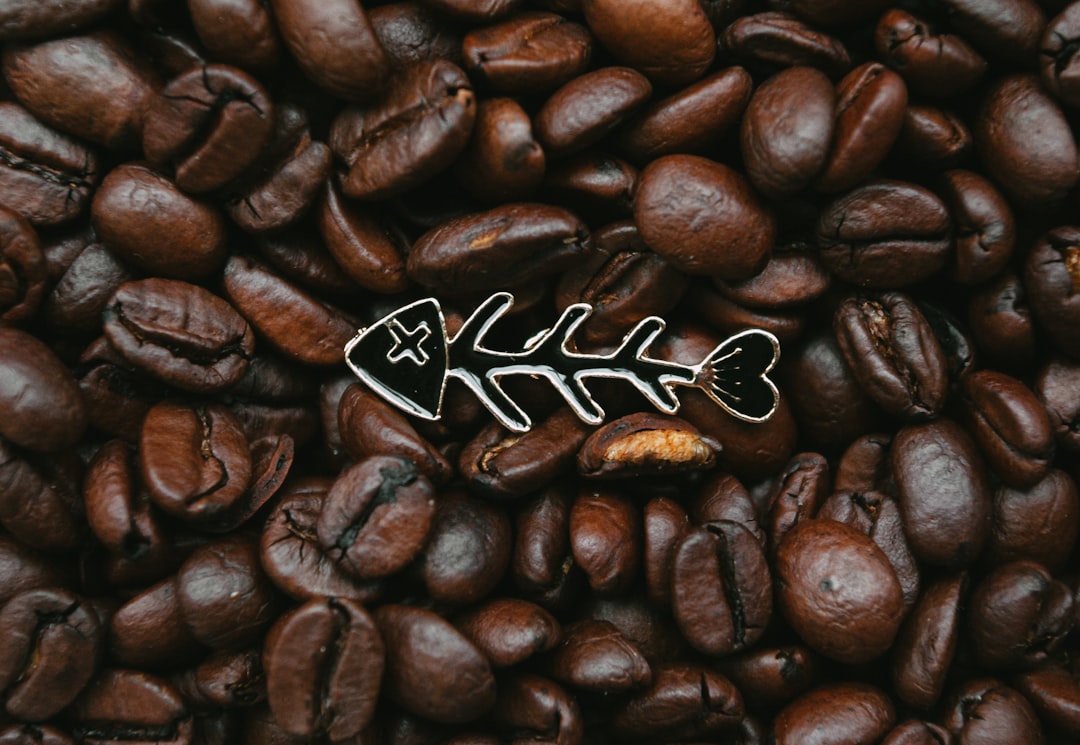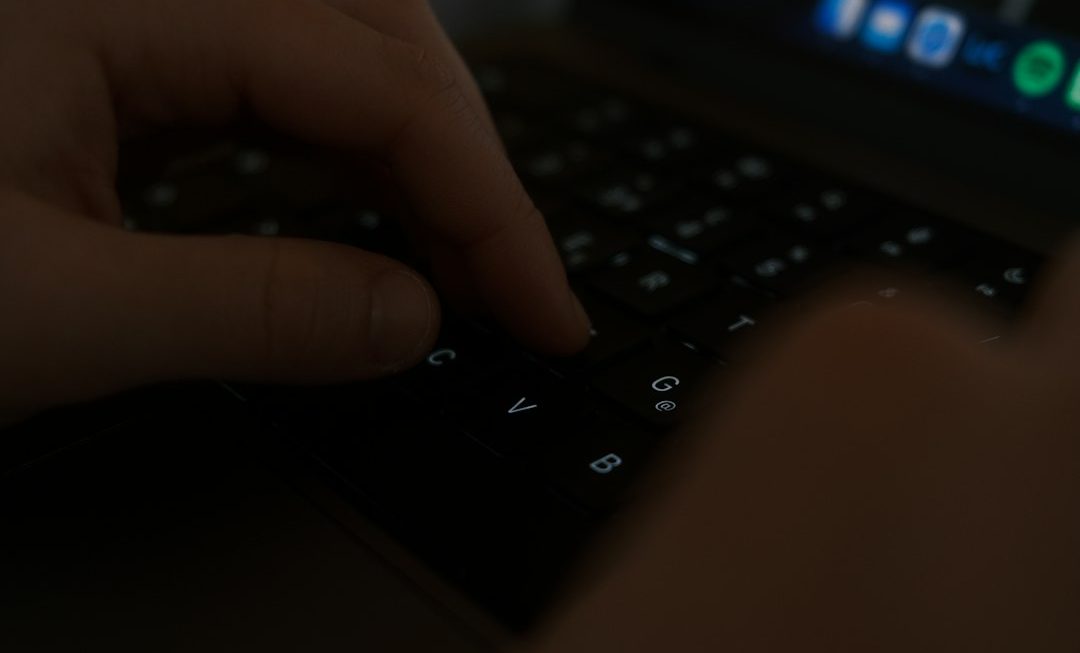Designing a logo isn’t just about great aesthetics—it’s also about functionality. One of the most overlooked but significant aspects of logo design is color selection, especially in terms of print. While digital screens can handle a wide range of colors and effects, print has physical limitations. To ensure the integrity and consistency of a brand, designers must choose color combinations that not only look good on screen but also print reliably across different materials and mediums.
TLDR: When it comes to logo printing, not all color combinations are created equal. Some hues look fantastic on monitors but fail when printed, resulting in muddied or inaccurate tones. This article lists 15 logo color combinations that consistently perform well in print, balancing contrast, clarity, and brand impact. Whether designing for apparel, business cards, or packaging, these color duos are dependable choices that work across multiple print surfaces.
Why Print-Friendly Color Matters in Logo Design
Colors affect brand identity, but they also depend heavily on their final medium. Printed logos must deal with dye properties, paper texture, material absorbency, and lighting. Choosing reliable color combinations can prevent unwanted surprises like murky contrasts or color bleeding.
Good print color combinations offer the following advantages:
- High Contrast: Improves legibility across backgrounds.
- Color Consistency: Minimizes tonal shifts due to material.
- Simplicity: Reduces the chance for gradients or complex transitions that may fade or blur in print.
15 Logo Color Combinations That Always Print Well
1. Black and White
Timeless and fail-proof, black and white is the most reliable choice. It offers superior contrast and cuts down on printing costs. It’s ideal for everything from legal stationery to promotional products.
2. Navy Blue and White
This combination brings a professional, trustworthy vibe. Navy blue provides strong visibility while remaining conservative in tone, making it perfect for corporate branding.
3. Red and Black
Energetic yet aggressive, red and black can be effective for bold brands—like those in the automotive or music industries. The high contrast makes the pairing crisp in print.
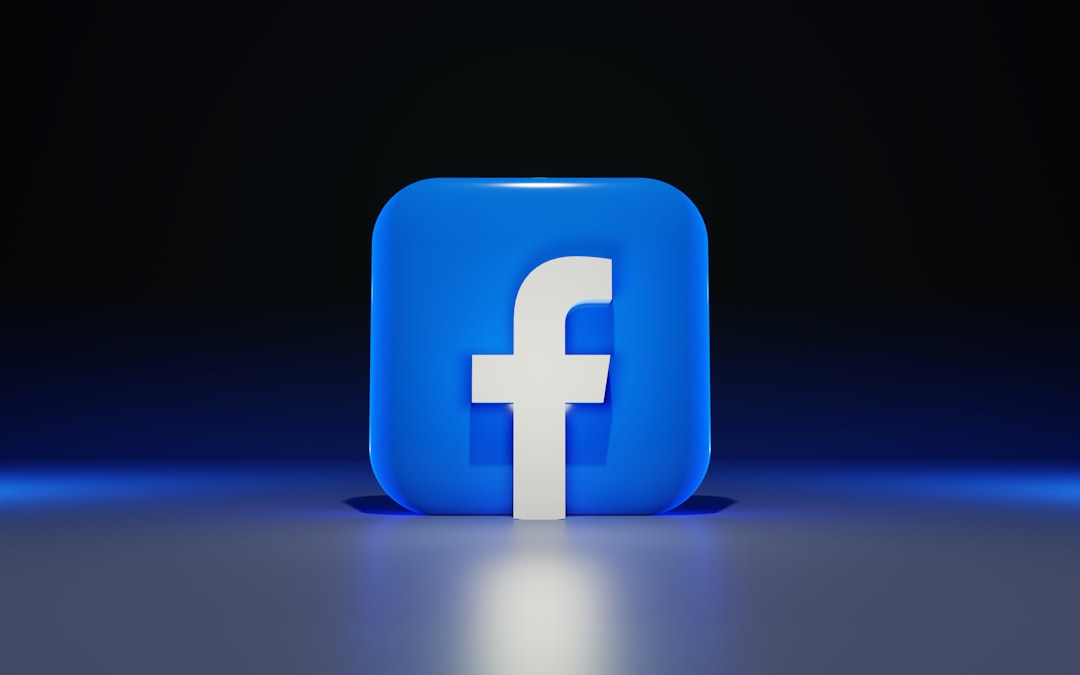
4. Green and White
Fully legible and vibrant on paper, green and white conveys freshness and growth, making it a go-to for eco-conscious and wellness brands.
5. Royal Blue and Yellow
This complementary color combo is eye-catching and energetic. It also reflects trust and positivity, making it suitable for educational institutions and tech startups.
6. Burgundy and Beige
For a more luxurious and classic appeal, burgundy and beige work beautifully. Beige provides a neutral background, while burgundy adds sophistication and depth.
7. Dark Gray and Teal
This modern and soothing combination suits creative and lifestyle niches. The contrast is subtle but still visible in print, making it stylish without being overwhelming.
8. Forest Green and Gold
This earthy yet elegant pairing is frequently used for upscale products and services. Gold can be printed using yellow-toned ink or metallic foils for added richness.
9. Brown and Cream
Earthy, organic, and soft on the eyes, brown and cream make a warm logo combination that works well on textured paper and packaging.
10. Black and Gold
This high-luxurious, dramatic combination is ideal for premium brands. When printed with foil stamping or metallic inks, the result is eye-catching and sleek.
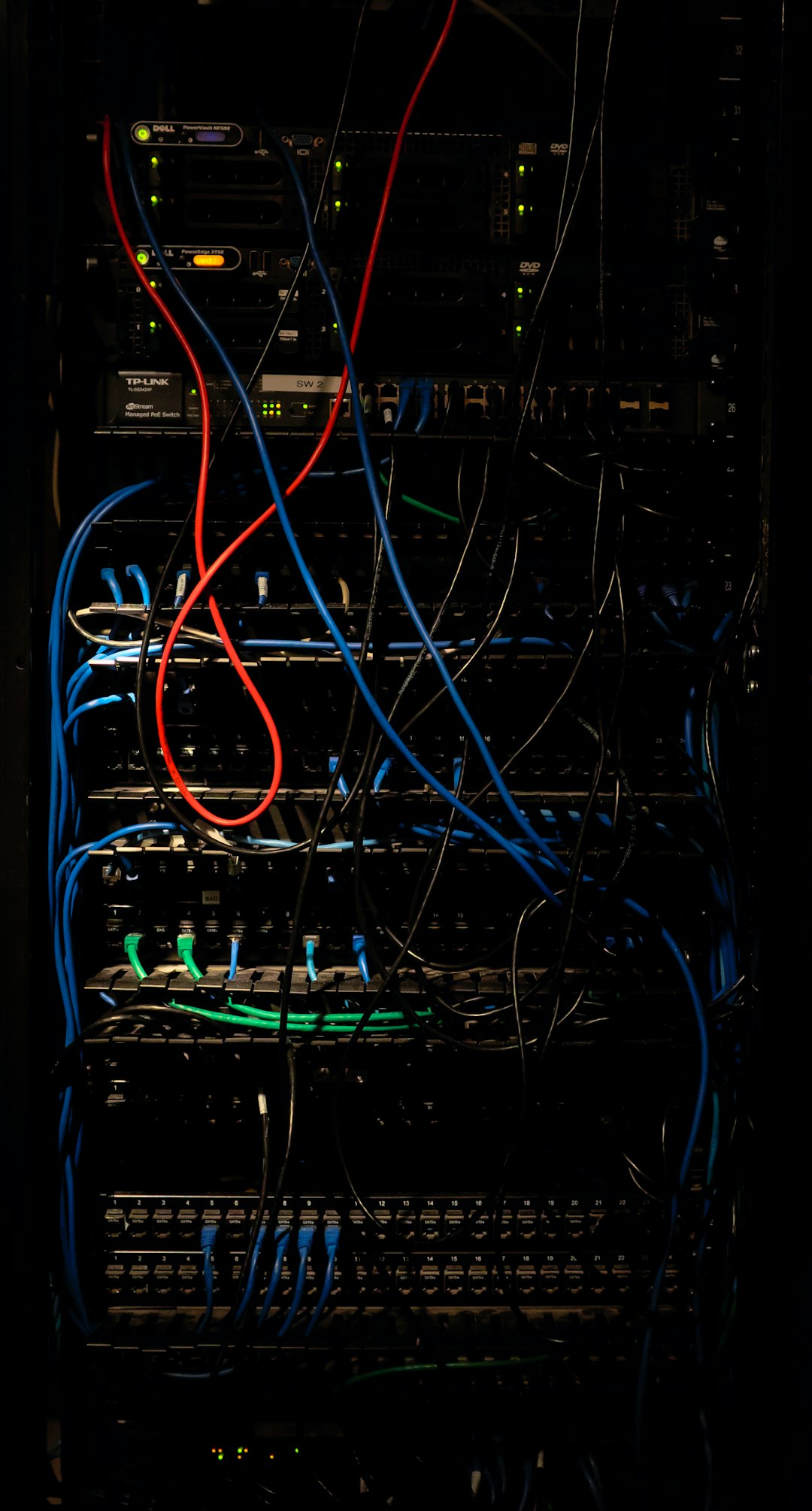
11. Navy Blue and Orange
The cool calmness of navy contrasts nicely with the vibrancy of orange. It’s dynamic without sacrificing professionalism, making it suitable for innovative brands looking to stand out.
12. Slate Gray and Aqua
A modern and tech-savvy option, slate gray anchors the coolness of aqua, making a versatile pairing that prints cleanly on both light and dark surfaces.
13. Purple and White
Traditionally associated with creativity and royalty, purple combined with white offers a clean yet imaginative tone, ideal for branding in the tech or wellness space.
14. Charcoal and Mint Green
Fresh and trendy, this duo works particularly well for fashion, fitness, and eco-friendly businesses. The high contrast ensures legibility in most print formats.
15. Deep Blue and Silver
This pairing gives a high-tech, prestigious vibe. Silver can be replicated using gray ink or metallic finishes in print, offering flexibility across branding materials.
Tips for Ensuring Print Accuracy
When preparing logos for print, it’s essential to follow best practices to maintain consistency:
- Use CMYK Color Mode: Always convert digital files to CMYK before sending them to print. RGB colors don’t translate well into print.
- Avoid Overlapping Transparencies: They may result in unexpected color overlays once printed.
- Use Vector Formats: Vector files like AI, EPS, or PDF scale without quality loss, which is crucial for print.
- Run Print Tests: Always print a sample on the exact material before doing a full run.
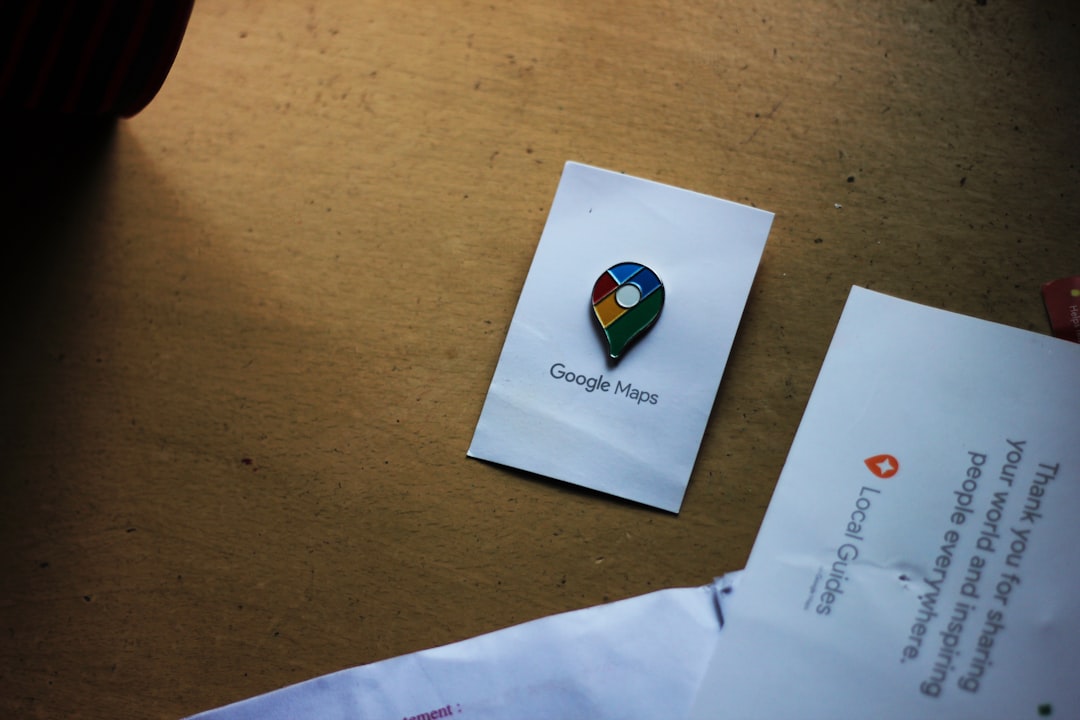
Conclusion
Choosing the right color combination doesn’t just serve an artistic vision—it ensures that a brand’s image remains resilient and impactful across various print formats. By selecting time-tested logo color combinations and preparing artwork properly, brands can maintain a professional appearance whether the logo is on a business card, a billboard, or a coffee mug.
FAQ: Print-Friendly Logo Colors
- Q: Why do some colors look different when printed?
A: Print uses CMYK pigment, whereas digital uses RGB light. Certain hues, especially bright neon tones, don’t convert well to CMYK and may appear dull or different on paper. - Q: Can metallic colors be printed?
A: Yes, via special printing techniques like foil stamping or using metallic inks. It’s a good idea to coordinate with your printer about these methods. - Q: What is the best format to send a logo to the printer?
A: Use vector formats like AI, EPS, or PDF for highest quality. These files can be resized without loss of resolution. - Q: Is it okay to use gradients in print logos?
A: Gradients can work but often pose challenges, especially with color banding or uneven fading. It’s safer to use flat colors for consistent results. - Q: How many colors should a print logo have?
A: Ideally, limit it to 2–3 distinct colors for clarity and cost efficiency, especially if you’re using screen printing, embroidery, or traditional presses.

